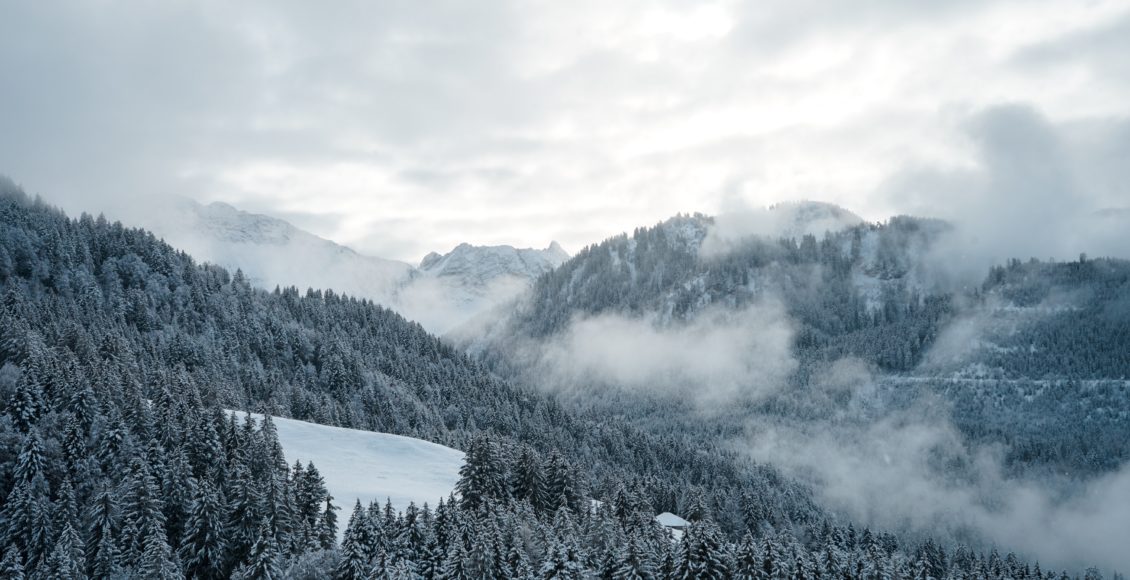With the changing market and rising prices, we always look for sustainable ways of keeping ourselves hot during cold days. There are several ways in which you can make your home warmer when you get the shivers, and the methods are easy to follow. For more, we summed up some useful tips in the text below.
Keep the thermostat at a lower temperature
According to recent studies, the optimal temperature for humans is around 20 degrees Celsius, and with our bodies producing heat themselves, you will feel warmer. Keeping the thermostat at an optimal temperature reduces the electricity costs and makes sure you are exposed to enough heat for your body to quickly adapt. There are numerous studies showing the health benefits of sleeping in a colder room as opposed to a hot one, and with the costs adding up, you might find it more than useful to put it down a notch.
Change to a more affordable heating option
If it seems as though your current installation is not providing you with the needed heat and warmth during those long winter nights and cold days, you might want to consider switching to a more sustainable and more affordable heating option which, at the same time, gives more energy. We are all well aware of how wood burns and how much energy it emits while burning, thus, the same goes for coal and other available options.
Another popular choice in recent years has been the use of heating oils for commercial purposes, which has proven to be quite effective in providing the house with radiating warmth. Now, heating oil is a petroleum by-product, similar to diesel, used in tanks for heating purposes. However, its appliance in homes has proven to be more than useful. As noted by the team behind Hop Energy, with the right setup and a reliable provider of heating oil, you can count on your home staying hot even when the temperature drops below zero. It has shown to be more effective than other sustainable solutions such as gas or electricity, since it generates significantly more energy and heat when burned, comparable to wood and coal.
Heating oil has also proven to be a more affordable option as opposed to the other ones and can save you a lot of money in the long run. You’ll have to maintain the entire system on a regular basis in order for it to perform correctly and continue to run as it should, but these expenditures are tiny in comparison to the money you’ll save.
Change the old boiler
Even if you choose the more costly choice when purchasing a new boiler ten years ago, it has taken a lot of wear and tear over the years, which means it is likely consuming a lot of energy while failing to provide the heat you require. Examine the old boiler to ensure that everything is working properly; if not, it may be time to consider replacing it.
Make sure the windows are tightly shut
Old windows can cause some serious distress in terms of heat loss, as only tightly shut windows will make sure the heat has nowhere to go and stays in the house. Look at it on chilly days to see whether it’s damp, if water is flowing down the windows, or if condensation is collecting on the surface. Also, sit near them for a while to see if there is any visible airflow. If the windows happen to be older, chances are excess heat is leaving the house, thereby making the house colder and also increasing the heating bills every month.

Check the roof
The roof is an essential component of the house that is often overlooked, yet it is exposed to most of the outside damage and weather conditions.
If any leaks or possible holes are in your roof, chances are a cold balloon is forming in the attic, reducing the heat in the whole house as a consequence. It is also a pathway for heat to leave the home instead of staying in, and therefore the most efficient solution is to have a regular roof inspection for reassurance. The typical expenses of roof maintenance are lower initially, which means that in the long term, they will outweigh any greater expenditures that may arise later.
Most of the tips can be implemented even before the cold-weather season, and in that case, you can make sure to be prepared once the time comes. Other useful methods are moving the curtains for sunlight to enter the home, moving the furniture and creating more space, and releasing the trapped heat, or you can try placing some fans in the living room if you are still a bit cold.



Comments are closed.